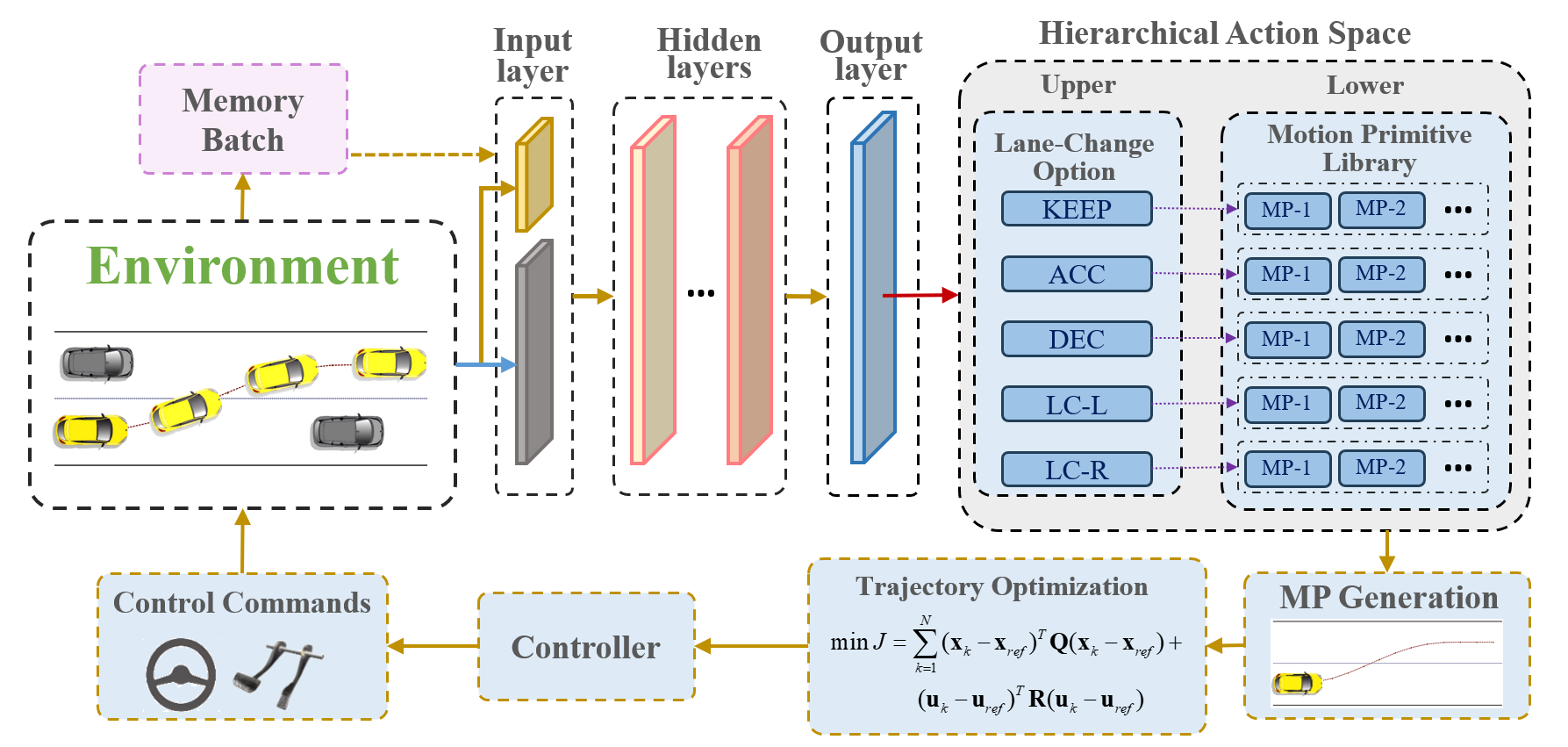Artificial Intelligence and Autonomous Systems
ISSN: 2959-0744 (Print)
ISSN: 2959-0752 (Online)
CODEN: AIASBB
Volumes & Issues
Contact
For any inquiries regarding journal development, the peer review process, copyright matters, or other general questions, please contact the editorial office.
Editorial Office
E-Mail: aias@elspub.com
For production or technical issues,please contact the production team.
Production Team
E-Mail: production@elspub.com
About This Journal
Latest Articles
Global confidence degree based graph neural network for financial fraud detection
Published: 25 Apr, 2025
Editor's Choice
Global confidence degree based graph neural network for financial fraud detection
Published: 25 Apr, 2025
Autonomous and sustainable machine learning: pursuing new horizons of intelligent systems
Published: 10 May, 2023
Top Downloaded







